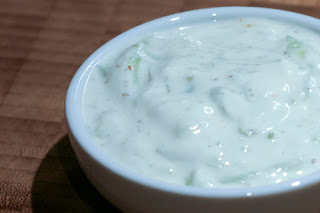Split pea soup is a comfort food for me and it is also extremely easy to make. I pair it with with a pork sausage, such as kielbasa, for a hearty, cool weather meal. Choose the consistency you want by leaving the cooked peas in the broth, or mashing them to create a thicker soup. Serves 2.
Ingredients:
2 tbsp olive oil
1 onion, diced
1 carrot, diced
1/2 stalk celery, diced
1 garlic clove, minced
1 bay leaf
4 cups chicken stock
1/2 pound green split peas, washed in a strainer
1/2 link polish kielbasa, chopped
salt/pepper
Directions:
Heat oil in a medium pot over medium heat. Add kielbasa and brown on all sides, approximately 5 minutes. Transfer the kielbasa with a slotted spoon to a bowl, reduce the heat in the pot to medium-low, and add onion, carrot, celery, garlic and bay leaf, sauteeing gently to soften, 8 minutes. Add chicken stock, bring to a boil, and then lower heat and simmer covered for 1 hour. If softer peas are desired, continue cooking up to an additional 30 minutes. Remove the bay leaf. If a thicker soup is desired, mash some of the peas with as potato masher. Return kielbasa to soup and warm a few minutes. Serve.














